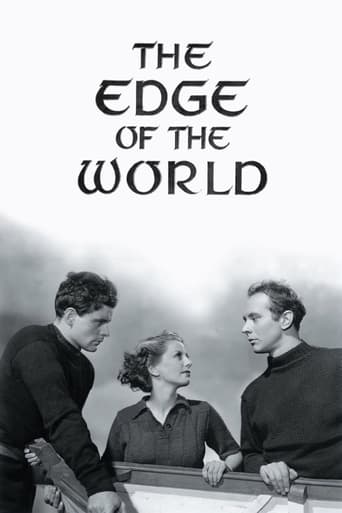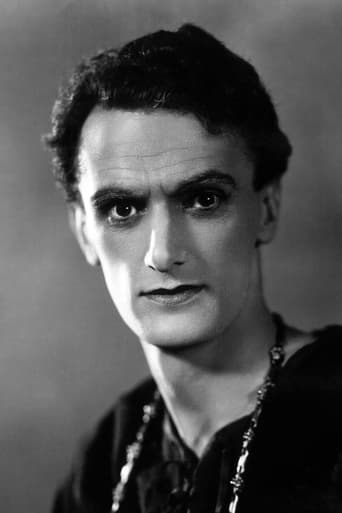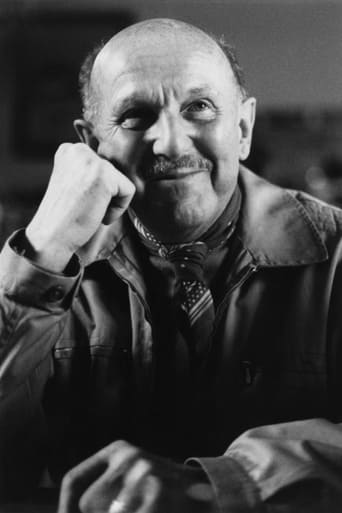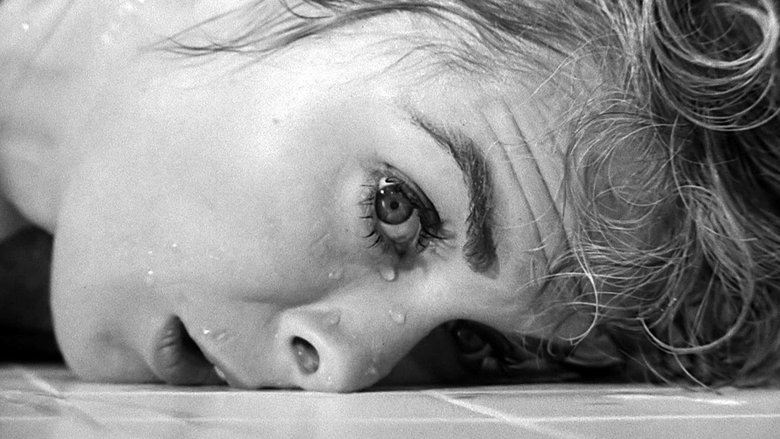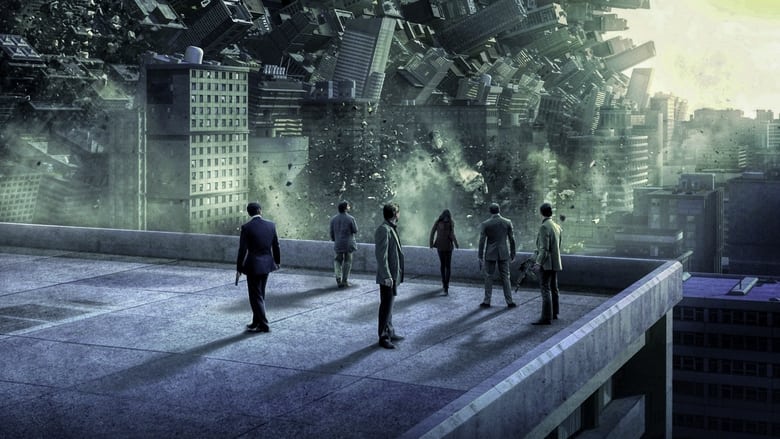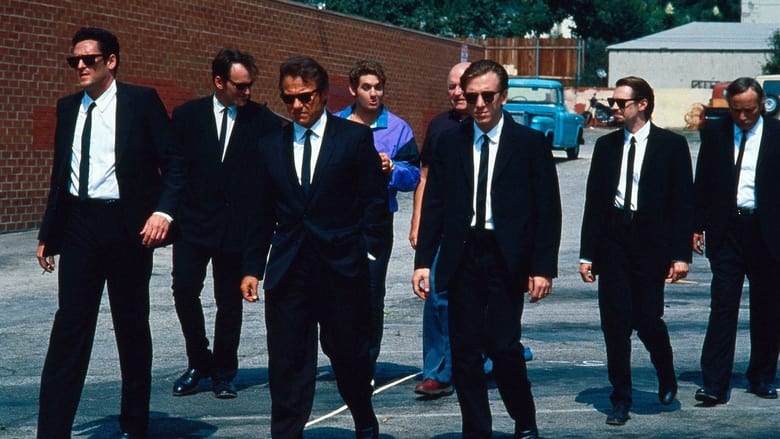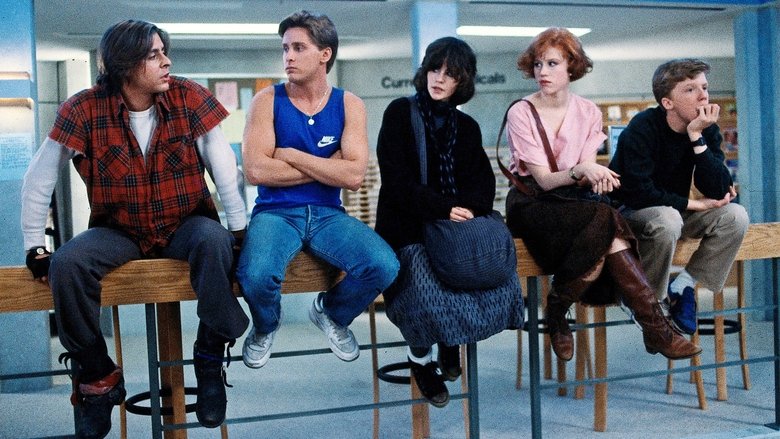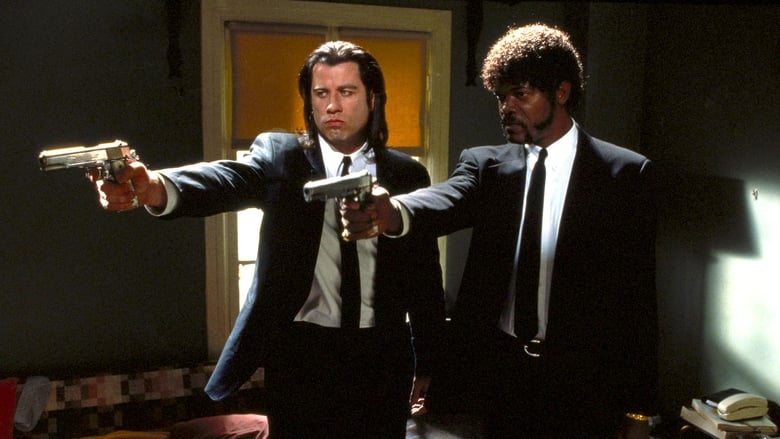A way of life is dying on a remote Scottish island, but some of the inhabitants resist evacuating to the mainland.


Similar titles

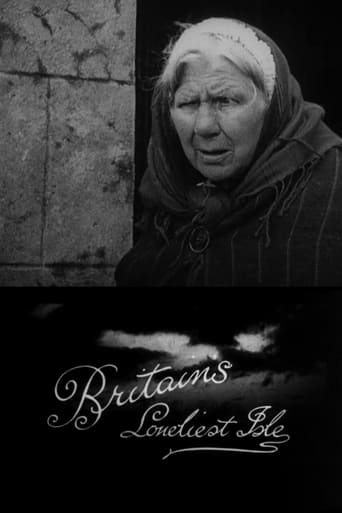
Reviews
If I had to name one of my favourite film directors, a few always come to mind, and they always include Michael Powell. He has made some of the (for me) most fascinating, thrilling, strange, intriguing and often exhilarating movies ever. He has made about 60 films in about 40 years and plenty of them would easily fit into my all time favourite top-10 films: The Red Shoes, Black Narcissus, The Life and Death of Colonel Blimp, Peeping Tom, Gone To Earth, A Canterbury Tale, 49th Parallel, One of Our Aircraft is Missing, A Matter of Life and Death, I Know Where I'm Going, Contraband, A Spy in Black - I can recommend them all as essential viewing if you are interested in English cinema of the 1940s and 1950s. Now the Arts Channel (in New Zealand) decided to screen one I hadn't seen before, The Edge of the World, from 1937. A tragic and powerful tale of an isolated island off the coast of Scotland (in Roman times known as Ultima Thule, the island of Foula standing in for St Kilda) affected by diminishing local resources of fuel and manpower, causing emigration, economic, social and environmental decline. It was fascinating and moving to see the stories of local families intertwined with the larger social and economic issues driving change. A constant recurrence of a cinematic theme throughout the film was gravity, which of course pulls everything down: people and sheep falling off cliffs, the pull of the wider world out there affecting the economic base of the island, fishing, livestock and crofting. The camera angles are fascinating throughout as every scene is filmed either from a upward or downward position, emphasising the will of men to fight for what they want and believe in, or being looked on by the camera acting as mother nature overwhelming the actors by the majestic cliffs, pounding seas and constant winds. You'd wish there could have been another outcome for the people involved but in the end it seems it's not possible to live at the edge of the world: you either choose to leave or die on the island.
This is a lovely movie and was a work of love--it's obvious that the people who made this film really cared about making an artistic film that chronicled the exodus of residents from lonely and practically god-forsaken islands to the mainland. It's easy to see how important this project was to them.In this case, the film is set on a windswept and very barren Scottish isle. Now the locals, to a degree, love their land and are reluctant to leave but also life is so darn harsh the viewer is left amazed that anyone would choose to live in such a relentless land. How they showed this was highly reminiscent of the later Italian Neo-realist films, as most of the actors were normal folks, not big-name actors AND the subject matter was so mundane (both trademarks of the style). But unlike the Neo-realist films, the artistic bent of the film is truly unique. The island and all its many sights are simply stunning--especially the cliff-side shots. They look almost like the cinematographer had the eye of an Ansel Adams--it just looked gorgeous due not only to stunning geography but a deft hand at the camera--employing filters and framing the shots so well. The "ghost scene" towards the beginning is also very stunning and exceptionally well handled.So with so much going for it, why do I say the film is so dull? Well, think about it...the land is very, very stark and not a whole heck of a lot happens during the film. While there are a few interesting vignettes, watching these very taciturn (i.e., close mouthed) people was at times quite a chore. I just wanted SOMETHING eventful to happen and I wanted some emotion out of the actors--though this would have resulted in a more watchable but less realistic film. So instead of seeing this as fun or entertaining (which it isn't), I see this more as a documentary with a simple story that is meant simply to record this style of living before it completely disappeared. So at least historically it is a very important film--much like NANOOK OF THE NORTH or STROMBOLI (without the bad story) and other ethnographic films. But don't watch this unless you have a pot of coffee nearby--otherwise, you'll probably fall asleep again and again.
This is truly a great classic film which was located on an Island called Foula near Scotland and this film calls it the Shetland Island where a group of Scotish people dwell in the fog and a stormy sea against huge rocks and cliffs. There is naturally a love story between a man and a woman who are unable to get married because the young lady's father will not give his permission for the marriage. You see a very primitive way of living and it is rather depressing to see nothing but gloomy and stormy days all the time on this island that is not able to support itself and will eventually have to be vacated. The film makers had a very hard job in trying to bring their camera equipment up the steep cliffs of this island and the weather conditions also gave a great deal of problems to the production of this film. In many ways this is a very unusual film and the title for this film is very suitable for this film which is almost hard to believe that people could possibly ever live on an island like this.
Like Michael Powell, I was struck by the pathos when I learned of the story of the abandonment of St Kilda, and the concomitant end of a centuries-old way of life in this harsh but oddly beautiful place. I am facinated by abandoned places, both modern and ancient, as well as by the creativity employed in eking a survivalist living out of extreme, inhospitable, barren environments far from the comforts of civilisation. Therefore I was delighted when I learned of this movie's existence, hoping to get an insight into the islanders' way of life, lingering shots of the village ruins, and a sense of the pathos of the island's end.I didn't quite get what I was hoping for, as some things seemed a little rushed in this short film, while others such as the protracted dancing at the birth took up excesive time. The key aspects of the islanders way of life are only revealed in brief glimpses. We do get a scene in the church, but without the DVD commentary we wouldn't know that the church was the island's central social institution. The occasional famines which destroyed the real St Kilda are only briefly hinted at in the film, with one brief scene talking of how the poor growing conditions will affect the harvest. I didn't fully understand the effect of the fishing boats without the DVD commentary. The laird's feudalistic power isn't really touched on - indeed when the laird makes an appearance, I didn't even know who he was. You don't get enough of a look at the old way of life to appreciate or lament that anything has been lost. Instead you jump straight into the arguments over whether or not to abandon the island, which should have been Act 2. Instead of the plot centring around the struggle to survive on Hirta, the story and the arguments over whether to leave centred around a soppy, melodramatic love story. When the islanders do decide to leave, it's all a bit of an anti-climax, without the escalating dramatic conflict one would expect leading up to the film's central moment. The two tragedies which provide the film with its drama are admittedly tense, but you can predict exactly how they'll end when the episodes have barely begun.Despite these quibbles, I thought the film was amazing, not for its story but for its visual poetry. The cinematography is magnificent, and the shots of the island and its hardy characters take the breath away. While the stilted acting may betray the film's age, there is nothing out of date about the beautifully composed images. Some of the shots from seemingly impossible angles would make Kubrick proud. It's all the more impressive when you consider the trying circumstances in which it was filmed.In short see the film for its spectacular must-see images, and don't worry too much about the plot.
